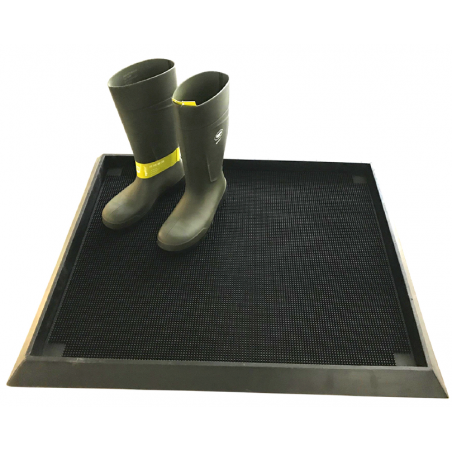Let us take a look at supply first and then demand. According to USDA NASS, January through August of this year, the total number of swine of all types (including breeding stock) slaughtered in federally inspected and other plants in the US, was up two point one percent compared to the same period last year. That includes a dramatic rise in the slaughter of breeding stock, up 11.9% from last year. Because of the overwhelming numbers of market animals vs breeding stock in the total inventory, when you remove the breeding stock number, the barrows and gilts component was up only one point nine percent. This compares to a forecast of over four percent coming into the year and actually up to six percent higher in some weeks in January.
The implications of the sow slaughter are clouded a bit by several things. One, some seasoned pig industry folks are concerned that very heavy market animals that were backed up earlier in the summer and reached weights that were unacceptable in market animal harvest plants, went instead to the sow plants, which have equipment suitable to handle very heavy pigs. In addition, it is likely that some of the largest producers, used the opportunity to close the bottom five percent of their sow farms that were chronic underperformers and high cost year in and year out. This not only produces lower production costs on average, including labor, but frees downstream finishing barns in their systems to manage animals longer through diet changes as they looked for opportunities to get them into regular terminal market plants. Lastly, this also suggests, if true, that the actual impact on animals coming to market later will not be as great as normal as the majority of sows harvested were underperformers. If this is true the national average sow performance will rise while pigs coming to market will slip only a small amount from expectations.

We got a bit of an insight from the latest, quarterly USDA hogs and pigs report released for September 1, 2020. The report estimated that the breeding herd was down two percent from a year ago and that very young market animals, those under 50 lbs. (under 23 kg), plus the next weight category up, 50 to 119 lbs., (23 to 54 kg), were both estimated to be down by three percent from a year before. This reflects both the decline in sow slaughter and the euthanasia of newly weaned pigs which was carried out but rarely reported or the focus of news. This happened especially among those larger weaned pig producers that sell their animals when the agreed upon formula pricing was rejected and prices fell to $0-$5/head. The September 1, USDA hogs and pigs report also estimated that the heaviest weight categories were still up six to ten percent from a year ago suggesting that the huge increase in exports is saving the US industry from a continuation of red ink.
On the demand front. COVID-19 disease has continued to dramatically change the eating habits of people all over the world. In many places throughout the country (US), restaurants are either prohibited from opening, have restricted operating hours and/or are under such interesting prevention strategies as requiring diners to replace their mask between bites of food. In addition, those that are open are under fairly strict limits in terms of operating at a fraction of their actual pre-Covid-19 capacity. Travel by air is still down from 70-90% meaning that visiting families for the coming big fall holidays of Thanksgiving and Christmas will be restricted to those who can reasonably drive. It is being reported that most younger people will be staying home and cooking or bringing home holiday food rather than risk returning to their parent’s homes and infecting them with the disease. Likewise, foods that are shared on the table from a common plate, such as hors d’oeuvres from a serving tray are being shunned when small gatherings of people get together. There is a big trend toward internet ordering of premium pork, beef and seafood. The focus is on eating less but raising the per meal spend for extra quality since the budget allows this for many due to the elimination of restaurant outings. Safety and quality are the premium demand items with many national pizza making chains advertising that their process never requires an employee to touch the food directly from preparation through delivery. The national price in China suggests that ASF is far from under control so expect exports to Asia to be robust and continuing regardless of who wins the US presidential election. Good news for those countries which can export. The wild card is the continued rise of alternative proteins (plant-based meats). One the latest marketing strategies is to mix real meat and plant-based meats together in products to ease the transition to full plant-based products. Keep an eye out for this, it seems extremely likely to continue to gain traction and will keep you asleep until the price sensitive tipping point is reached and real meat prices begin to decline.





